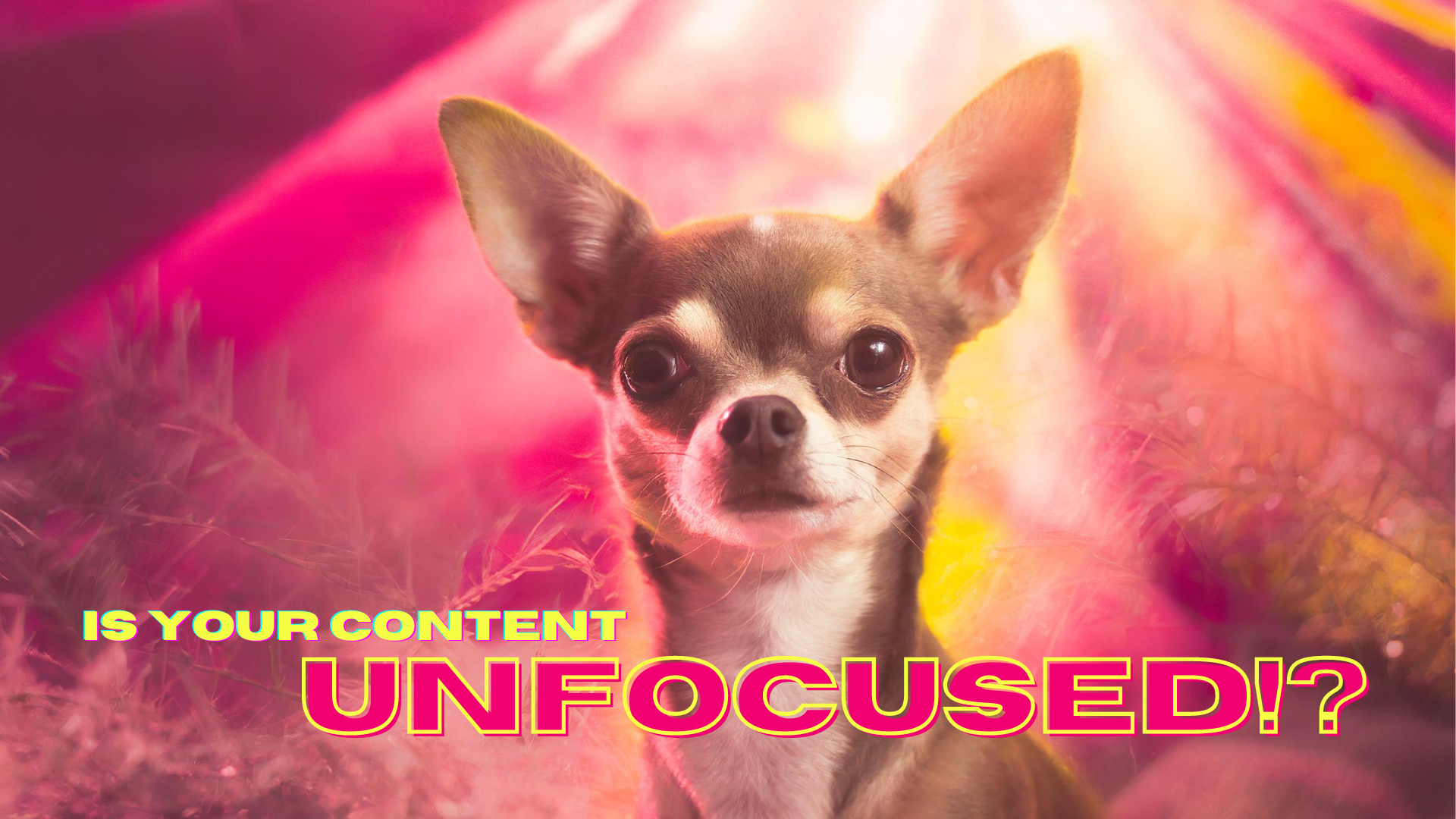As we step into 2024, with factors like ChatGPT, economic challenges, and precarious working conditions dominating the public conversation, I’m not shocking anyone by saying this is a tough time for professionals, particularly in the creative fields. This means standing out is more important than ever. However, without a focused approach, it can be easy to waste time and confuse your audience. That’s why a solid content strategy isn’t just nice to have; it’s essential for drawing attention, sharing your expertise, and connecting with your audience.
In this blog, I’ll share five essential questions guiding the update of my content plan this year. Let’s dive in together and explore these key elements.
- Identifying your goals and audience.
- Integrating your unique perspective into your content.
- Learning from content creators you admire to refine your approach
Your Main Goals
Think about your purpose on social media. Are you looking to become a thought leader in your field, attract new clients, or showcase your digital nomad lifestyle? Identifying your primary goal is the cornerstone of crafting purpose-driven content.
For instance, as a project manager, your content might focus on insights into efficient team management or navigating complex projects, establishing you as a knowledgeable authority. If you’re in the creative industry, sharing glimpses into your creative process or innovative problem-solving techniques can be your focus.
Remember, it’s not just about being online; it’s about creating meaningful content that aligns with your strategy. If you have multiple goals, prioritize. Start small to maintain a focused online presence and avoid feeling overwhelmed by too many objectives.
Your Target Audience
After setting your goals, it’s crucial to understand your target audience, as this will help you tailor your content’s tone and substance so it can resonate with the right people and prompt interactions. One effective way to gain this understanding is using tools like Instagram Insights or LinkedIn Analytics, which provide valuable data on who engages with your content and how.
While this guide doesn’t cover analytics in depth, resources like Hubspot, Sprout Social, and Hootsuite, offer valuable insights and tutorials to help you make the most out of these tools.
Remember, getting to know your audience is an ongoing process. Don’t worry if it takes time or you do not get it right from the get go. Keep refining your approach with new insights and experiments. As you learn more, you’ll adjust your content to suit your audience better.
Your Unique Perspective
What gives your content its edge? I’ll tell you about mine. I grew up in Argentina, where we consistently dealt with economic ups and downs and high inflation. These challenges taught me not just adaptability and the need for backup plans but also the value of networking and supporting each other among creative workers.
I blend these experiences into my content, giving simple, practical tips on how to stay adaptable but also how to build networks and support each other among creative professionals.
Now, reflect on your background and experiences. What unique insights can you offer? Sharing your personal story and approach might feel strange initially, but it’s what makes your perspective unique and your content genuinely engaging and authentic.
Time Commitment
How much time can you realistically allocate to creating content each week? It’s all about striking the right balance. For instance, given that I already have a plan to guide my efforts, I usually dedicate two days a week to my content. Initially, my focus is on writing, and then, once I’ve had a break for 24 to 48 hours to clear my head, I revisit my previous work. This allows me to see it with fresh eyes, making it easier to spot mistakes, improve readability, or condense my thoughts more effectively.
Just like this approach works for me, finding a schedule that suits your workflow is essential. Whether it’s dedicating 20 minutes a day or maybe 15 hours weekly, start with a plan and track your time to ensure you are sticking to it. Remember, you can always update it later. This will help you develop a sustainable content plan, and once you begin to make this process a habit, you’ll be much more likely to stick with it over time. Consistency is key.
Learn from Others
When planning your content, consider what creators you admire in your field or other niches are doing. Notice the ones who catch your eye with their storytelling or unique style. What makes their content different? Observing how these creators work can teach you a great deal. You might discover new ideas or approaches you can adapt as you find your style.
Here are six things to look for in their content:
- Storytelling: Pay attention to how they tell stories and capture attention.
- Engagement: Observe how they interact and connect with their audience.
- Topics: Take note of the common themes or topics in their posts.
- Consistency: Check how regularly they post and the quality of their content.
- Adaptability: See how they evolve their content over time.
- Branding: Learn from the way they present themselves and their brand.
Final Thoughts & Your Homework
Now that you have the essentials —defining your goals, understanding your audience, embracing your unique perspective, managing your time wisely, and learning from successful creators—it’s time to put them into practice!
You can start by tackling these five points to build the foundation for your content plan. This groundwork will set you up for success in the second part of this post, coming next week, in which we’ll go deeper into how to optimize your content strategy for a sustainable and focused output.
